Comments 1 - 10 of 10 Search these comments
Great pics!
I actually know a professional woodworker named John in Palo Alto who builds cabinets and stuff for rich dot-com types. This is his shop:
http://perspectivesinwood.com/
He might be happy to show you his large woodshop out by by the PA airport. I can introduce you if you like.
Linkwitz Orions for main system

Linkwitz Pluto+ for bedroom setup

Great pics!
I actually know a professional woodworker named John in Palo Alto who builds cabinets and stuff for rich dot-com types. This is his shop:
http://perspectivesinwood.com/
He might be happy to show you his large woodshop out by by the PA airport. I can introduce you if you like.
Nice! Yeah, I may hit you up on that. I always enjoy talking to super experienced woodworkers. If nothing else, how about hitting the BBC sometime? It's been a while.
Linkwitz Orions for main system
Linkwitz Pluto+ for bedroom setup
Awesome! How do you like them? I debated doing some Linkwitz designs but ended up trying my luck with one of my own and then a Zaph reference system. Did you build the Orion enclosures / frames?
The biggest problem for me is finding a room large enough for the speakers. Not that they need that much space to fit, but because they sound like crap if they aren't in a large enough room (standing waves, resonances, etc). I need to get these speakers hooked up outdoors in the middle of a field to see what they are like with only ground reflections! Sometimes I wonder why I bother with audio stuff when all we have around here are stupid wood-frame buildings with paper-thin sheetrock!
Current Orion cabinet rebuild matching married decor and utilizing 9 years improvement in wood working aptitude since the originals. Photoshopped image using my Eastern curly maple for baffles, zebrawood for side panels, and Gabon ebony trim.

Cool!
What are you using to adhere the veneer? I have been using DAP WeldWood Pro contact cement and a veneer roller for pretty good results.
How about corners...are you just straight cutting the veneer, or are you getting fancy & trying to mate the pieces at 45° angles? I am not that great with veneer & the Zaph ZRT's just have square edges to the veneer. I also learned a lesson about (NOT) sanding edges that veneer will go on since it makes those surfaces not flat lol. Oh well, I am probably the only one that notices anyway...
If you don't have any CAD software already, have you looked into Google SketchUp? I have some pretty hefty MCAD packages, but I often end up doing speakers in SketchUp since it is ridiculously easy to build cut lists off of. Fillets and rounds are a pain in it, but it is fine for everything else.
Linkwitz Orions for main system
Linkwitz Pluto+ for bedroom setup
Awesome! How do you like them? I debated doing some Linkwitz designs but ended up trying my luck with one of my own and then a Zaph reference system.
The Orions are excellent in all ways. I've yet to hear a more natural sounding speaker apart from newer revisions (through the 4.0 prototypes) and some waveguide + large midranges combinations that might equal them. Measurements suggest the NaO Note and Geddes Abbey/Nathan could compare favorably. The Plutos are very good but dynamically limited although the Pluto+ sub-woofers help a lot. The near wall placement limits soundstage depth although timbre doesn't suffer as much as other speakers with a larger directivity index moving through the midrange.
Getting away from traditional cone and dome designs makes it easier to get more monotonic directivity for natural timbre and reduce the room's impact. Wave guides with large mid-bass drivers having matching directivity at the cross-over point, acoustically small dipoles, omnidirectional designs which are acoustically small at least in the horizontal axis, and maybe Keele's Constant Bandwidth Transducers are all reasonable design approaches.
Did you build the Orion enclosures / frames?
I built them starting with Siegfried's plans and circuit boards.
The biggest problem for me is finding a room large enough for the speakers. Not that they need that much space to fit, but because they sound like crap if they aren't in a large enough room (standing waves, resonances, etc).
You don't need a large room. Just enough distance to the drivers to get out of their nearfield, spacing away from the wall behind you so you're not getting exagerated bass, and some spacing between speakers and front wall to avoid dipole bass cancellation or provide sound stage depth. My last two Pluto rooms have been under 150 square feet although I could have gone a lot smaller, and Siegfried's official recommendation for the Orions is 12'W x 15' although I've heard them in somewhat narrower rooms which worked well.
Speakers with flat on-axis response and monotonic directivity perform well in most environments. Your brain determines timbre from the spectra in what it believes to be direct sound and reflections with some accommodation for high frequency roll-off which we'd expect in nature from objects like blades of grass that absorb and diffuse more where they're acoustically large. With well behaved polar response you get reflections that are sonically correct so their strength and time delays become less important.
Multiple bass sources below the Schroeder frequency can address most serious modal problems and dipolar bass there can help a lot. Sub-woofers near a wall so SBIR is above their pass-band and main speakers far enough out SBIR is below their cross-band work better. Asymmetric cross-over points in that setup can address the height mode at 60-80Hz in typical rooms.
Notch filters are also an option to fix a single listening position.
I need to get these speakers hooked up outdoors in the middle of a field to see what they are like with only ground reflections! Sometimes I wonder why I bother with audio stuff when all we have around here are stupid wood-frame buildings with paper-thin sheetrock!
Flimsy construction is good sonically apart from what it does to your noise floor and making higher volumes un-neighborly.
Thinner sheet-rock flexes and reflects less (think of it as a limp mass absorber). Modal problems have lesser magnitude which is definitely noticeable. One layer does better than two and thin mobile home sheetrock does better than a layer of 5/8".
You owe it to yourself to read _Sound Reproduction: The Acoustics and Psychoacoustics of Loudspeakers and Rooms_ by Floyd Toole which covers polar response, flexy vs rigid walls, and other interesting subjects. It's a lot smaller, digestible, and less expensive than the referenced AES papers and other studies.
Luckily for me, my parents live about 20 miles from me and my father has a pretty extensive wood & machine shop. Basically, fun shit like this is the ONLY reason I want a house...forget the house, give me a damn garage!
Haha, I feel the same way, well that and it would be nice for the kids to have a backyard.
I have not done anything for several years and I really miss it. I just don't have the time these days, and with my current setup I have to keep all my tools packed away. Setup and cleanup can take an hour then there goes my free time.
Now if I only had a workshop with everything setup all the time...
Post up your work!
When I get home tonight I will see if I can find some pics of my last project to post.
Cool!
What are you using to adhere the veneer? I have been using DAP WeldWood Pro contact cement and a veneer roller for pretty good results.
The new set are almost entirely solid lumber for aesthetic reasons. Edge grain on the side panels is exposed along with end-grain on the baffle tops and rear edges of the W-frame. I'll resaw the boards destined for the middle 'C' of the W frame so I get a continuous grain match on the inside and outside and can fatten the woofer baffles start started life as 4/4 lumber to 1 or 1 1/4" so I have enough meat to rebate the woofer baskets.
How about corners...are you just straight cutting the veneer, or are you getting fancy & trying to mate the pieces at 45° angles? I am not that great with veneer & the Zaph ZRT's just have square edges to the veneer. I also learned a lesson about (NOT) sanding edges that veneer will go on since it makes those surfaces not flat lol. Oh well, I am probably the only one that notices anyway...
Miter-rabbet joints. I gained some competency in joinery on the Pluto+ enclosures which include decent fitting ship-lap, edge-lap, lock-miter, and rabbet joints.
If you don't have any CAD software already, have you looked into Google SketchUp? I have some pretty hefty MCAD packages, but I often end up doing speakers in SketchUp since it is ridiculously easy to build cut lists off of. Fillets and rounds are a pain in it, but it is fine for everything else.
I'm using Sketchup.

Time for a break from all the negativity & bickering in the RE section. Who here is into woodworking, or maybe other hands-on type hobbies? Post up your work!
I first got into woodworking via an interest in building speakers. It isn't exactly The New Yankee Workshop or anything, but building nice boxes that meet very specific engineering requirements at the same time is a fun challenge. Luckily for me, my parents live about 20 miles from me and my father has a pretty extensive wood & machine shop. Basically, fun shit like this is the ONLY reason I want a house...forget the house, give me a damn garage!
My first pair...
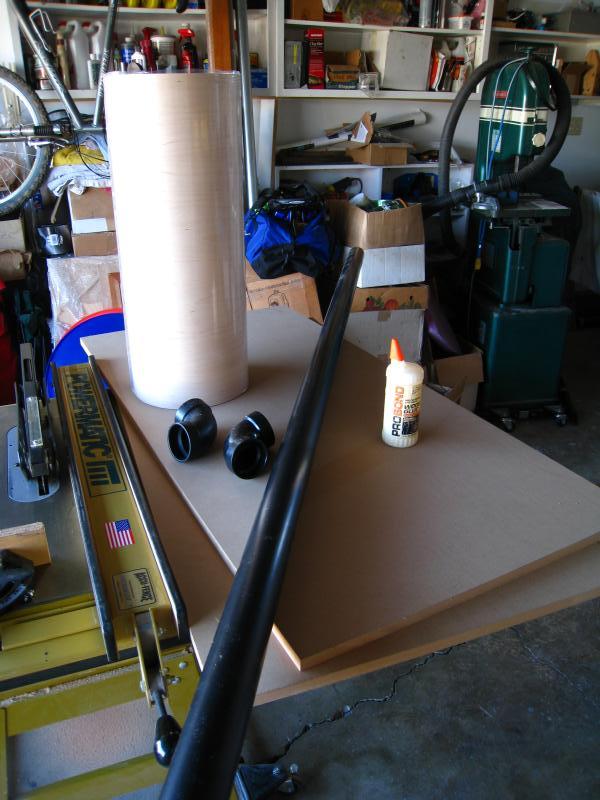
Pile of material:
Finished product:
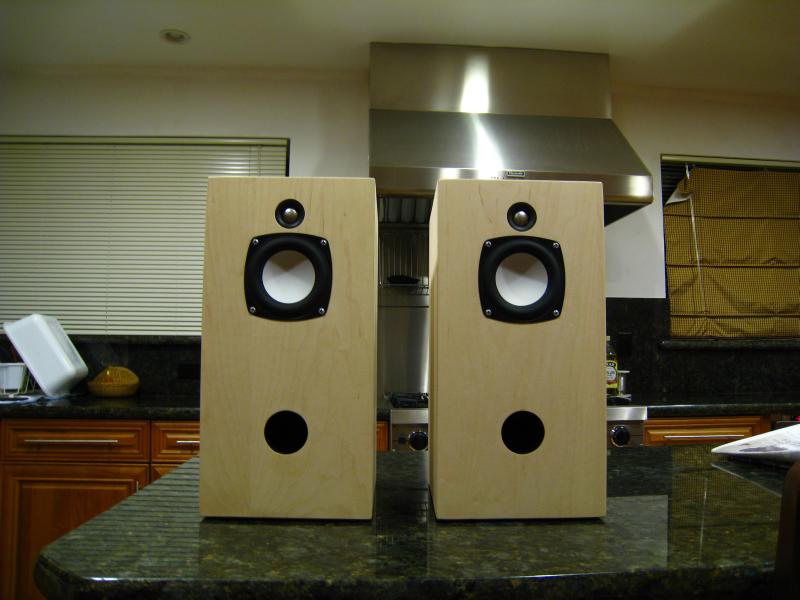
Story & a lot of pics:
http://www.diyaudio.coms/multi-way/153036-my-first-diy-loudspeakers-story-pics.html
Tables to put them on...
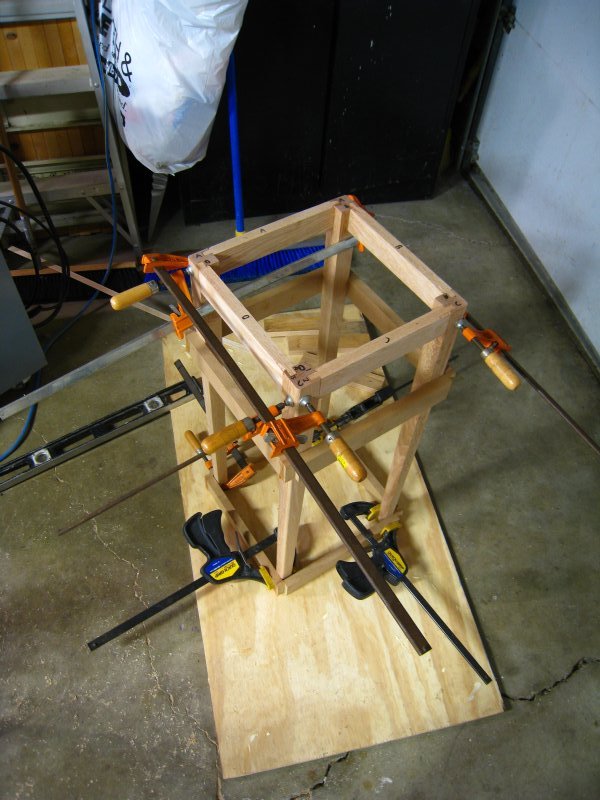
There are some pics in the link above. The rest are on a forum where you need an account to view them.
Monster subwoofer...~120lbs, -3dB at 14Hz lol...
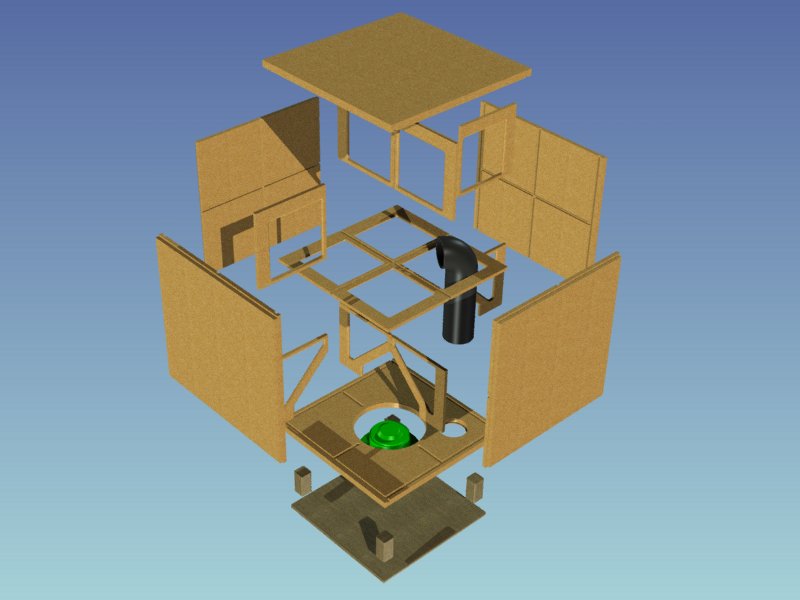
Early CAD Rendition:
Part-way done:
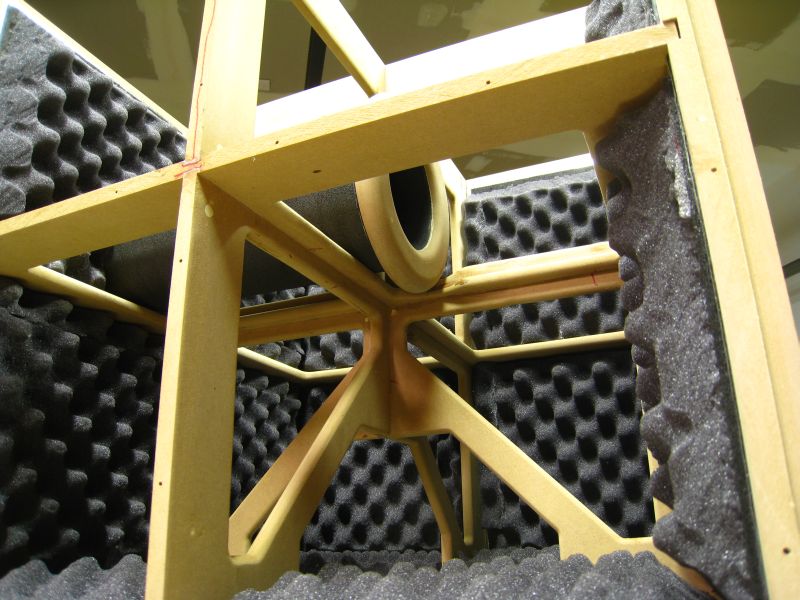
Finished:
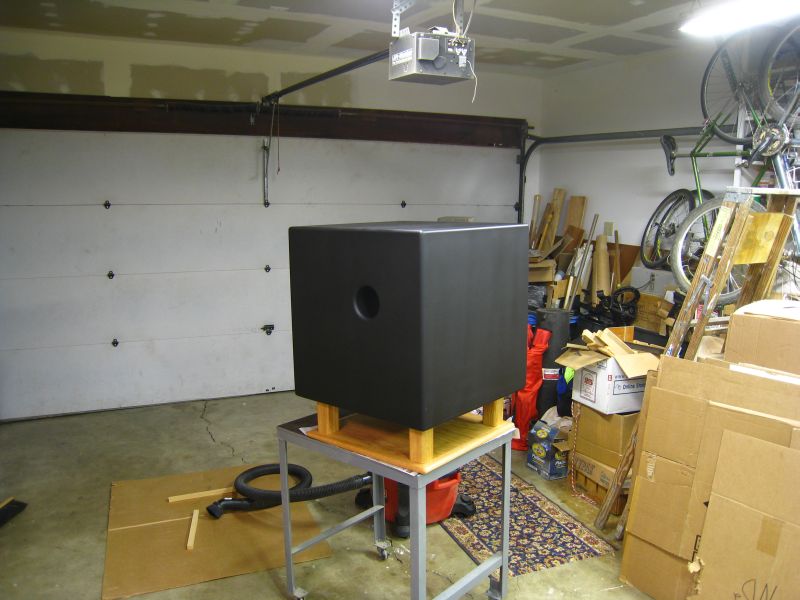
Story & pics:
http://www.diyaudio.coms/subwoofers/158243-first-subwoofer-done-over-top-pics-start-finish-56k-unfriendly.html
This is my latest speaker project. They are a real reference design and keep up with some $12k B&O units I heard at a dinner party...at a mere fraction of the cost.
Hand-sanding joints for perfect fit:
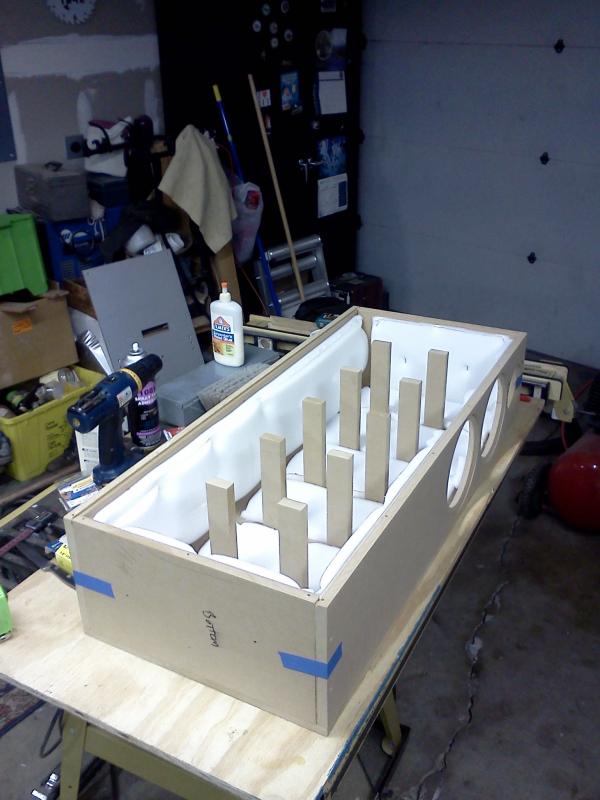
Flattening cosmetic surfaces:
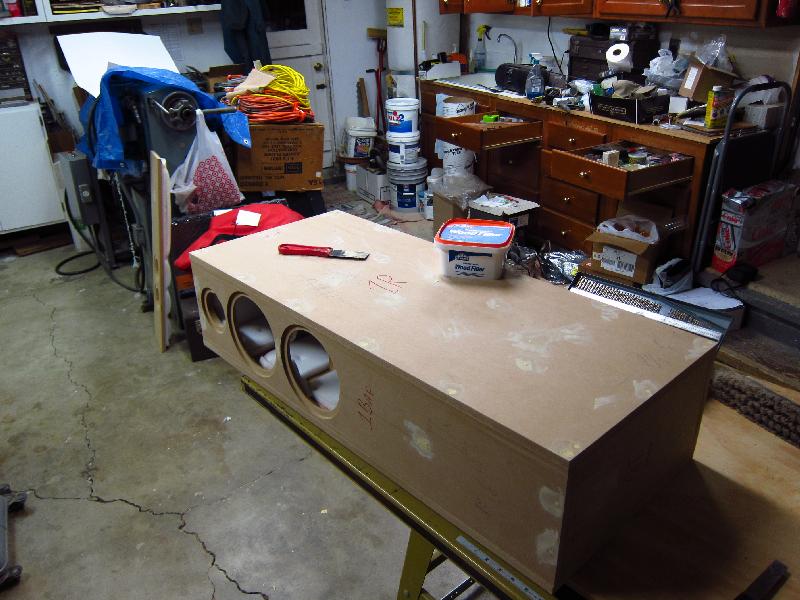
Testing different finishes on the Zebrawood veneer:
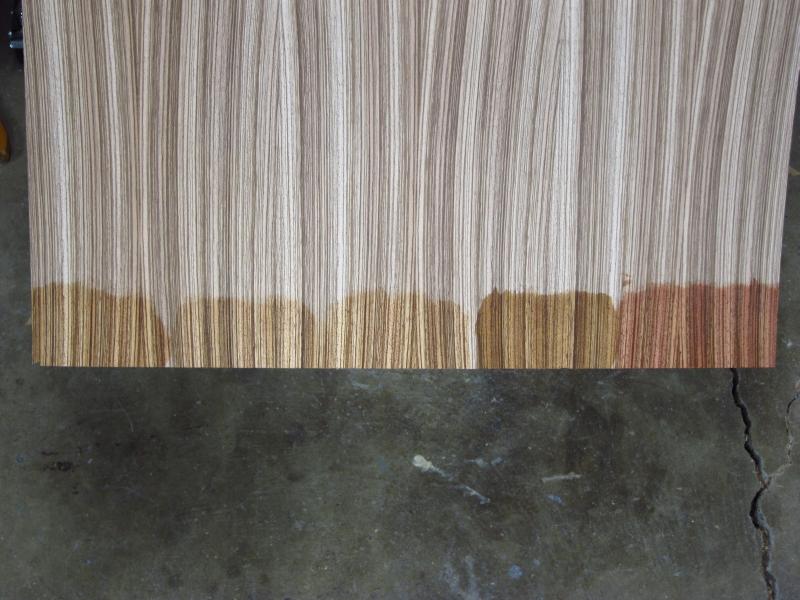
6 coats of paint & careful veneering later:
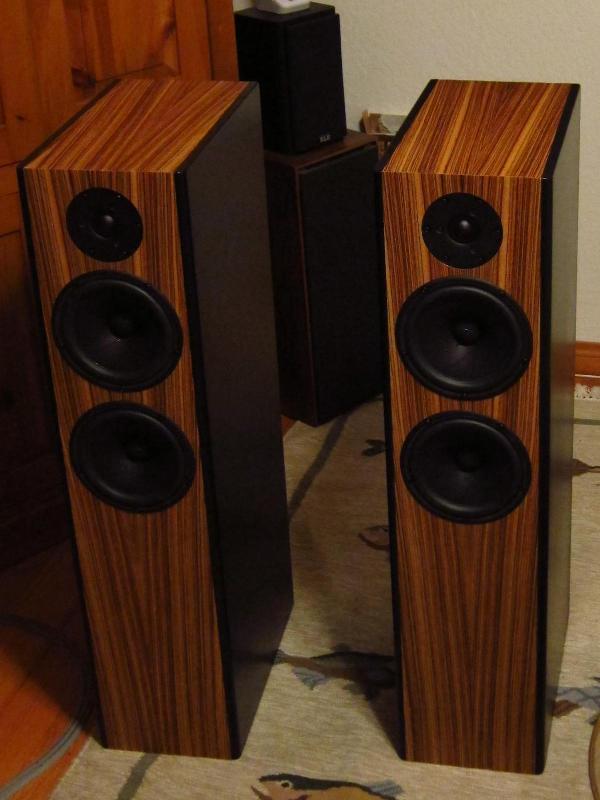
Story & pics (ignore the long babbling in the first post):
http://www.diyaudio.coms/multi-way/199509-current-project-zaph-zrt-2-5-change-methodology.html
A current project, involving my car & metal, is the adaptation of Infiniti FX-R Bi-Xenon projector assemblies to stock BMW headlight housings (for my 1991 318iS...the namesake of my user name). It has been a lot of fun designing the adaptation method so far!
Early CAD concept:

Mid-modification of the housings:
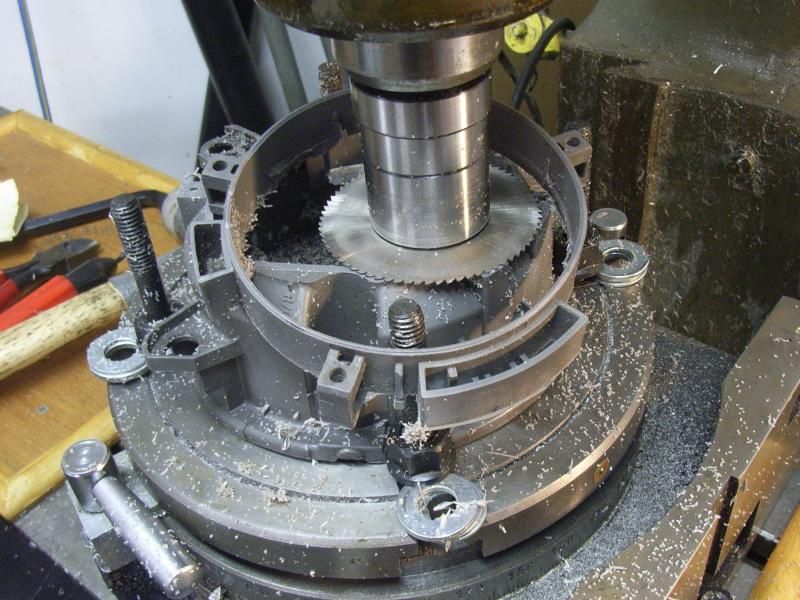
Initial adapter plate prototype, all done on a manual Bridgeport with broken digital readouts lol:
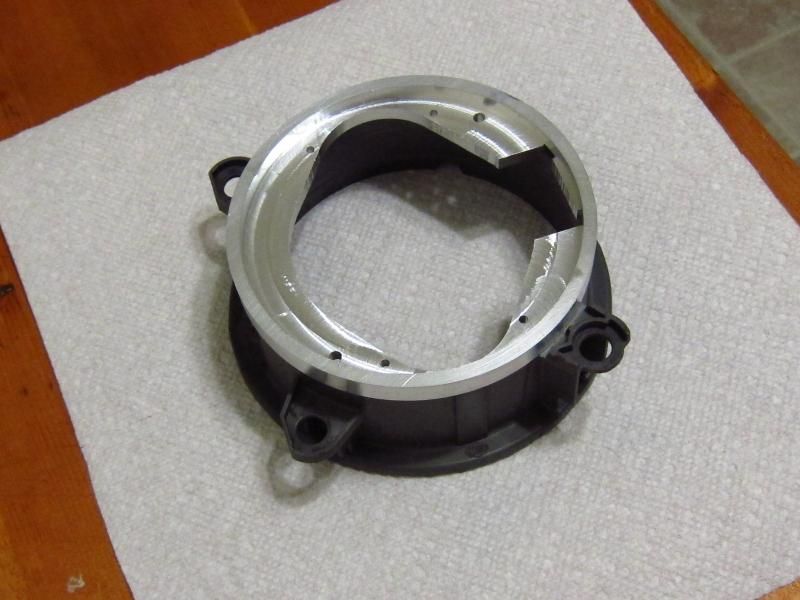
Story & a ton of pics...still in progress!
http://www.m42club.coms/showthread.php?t=14383
#housing